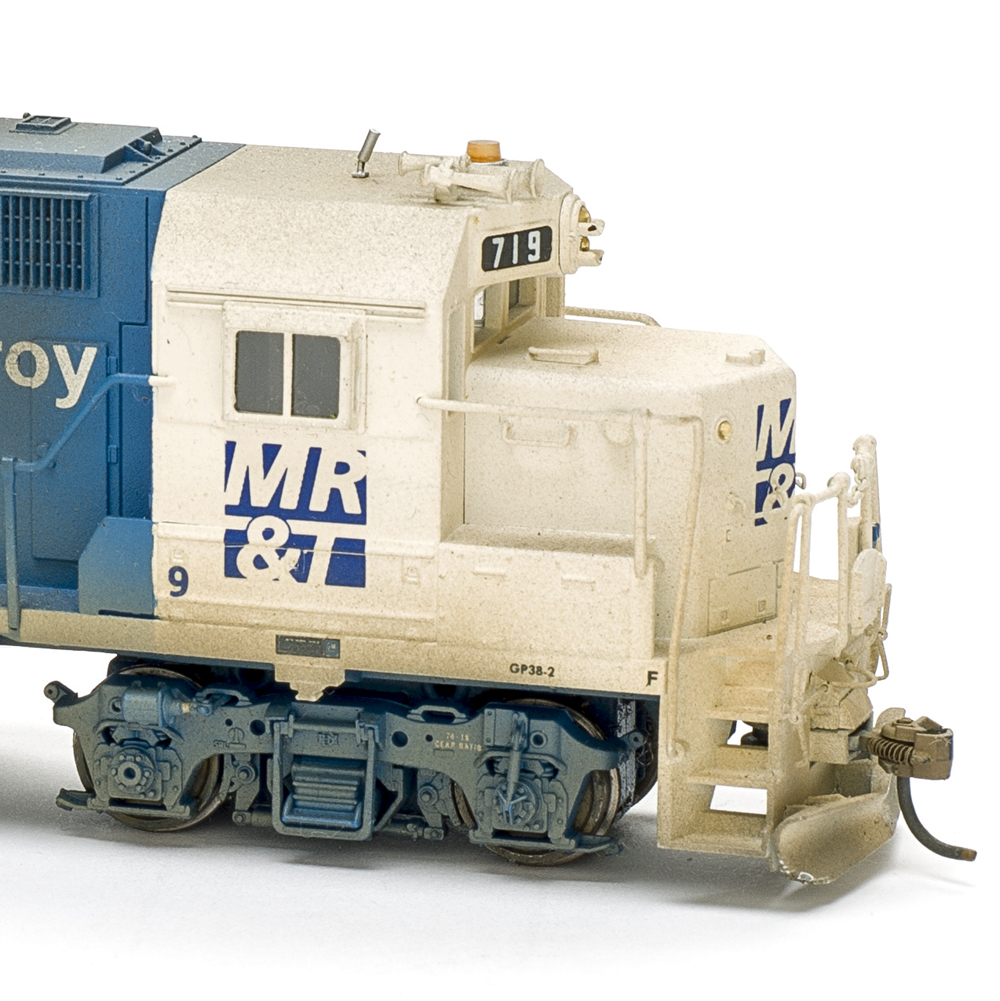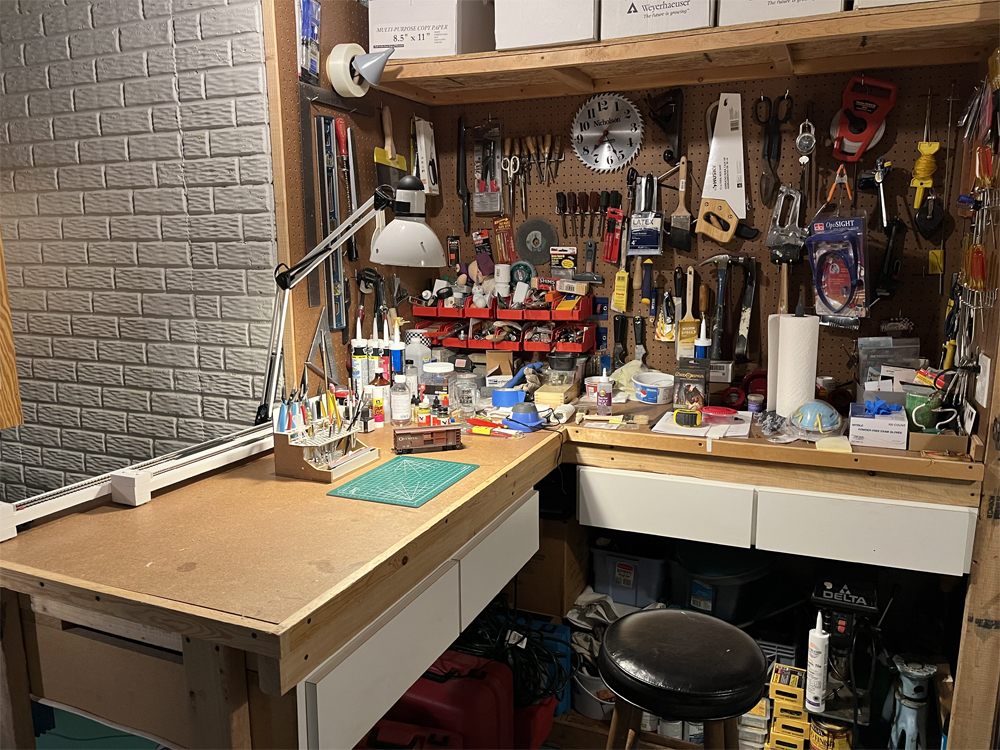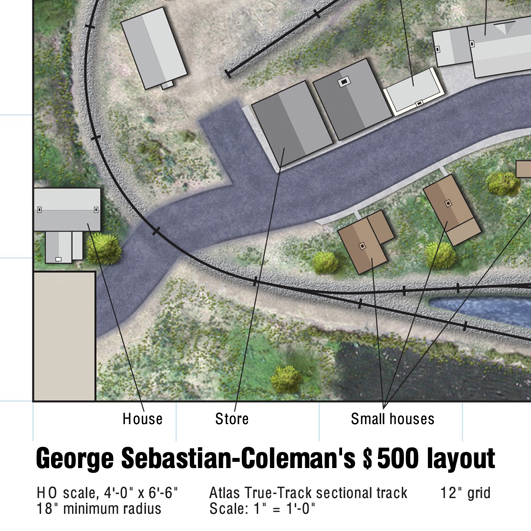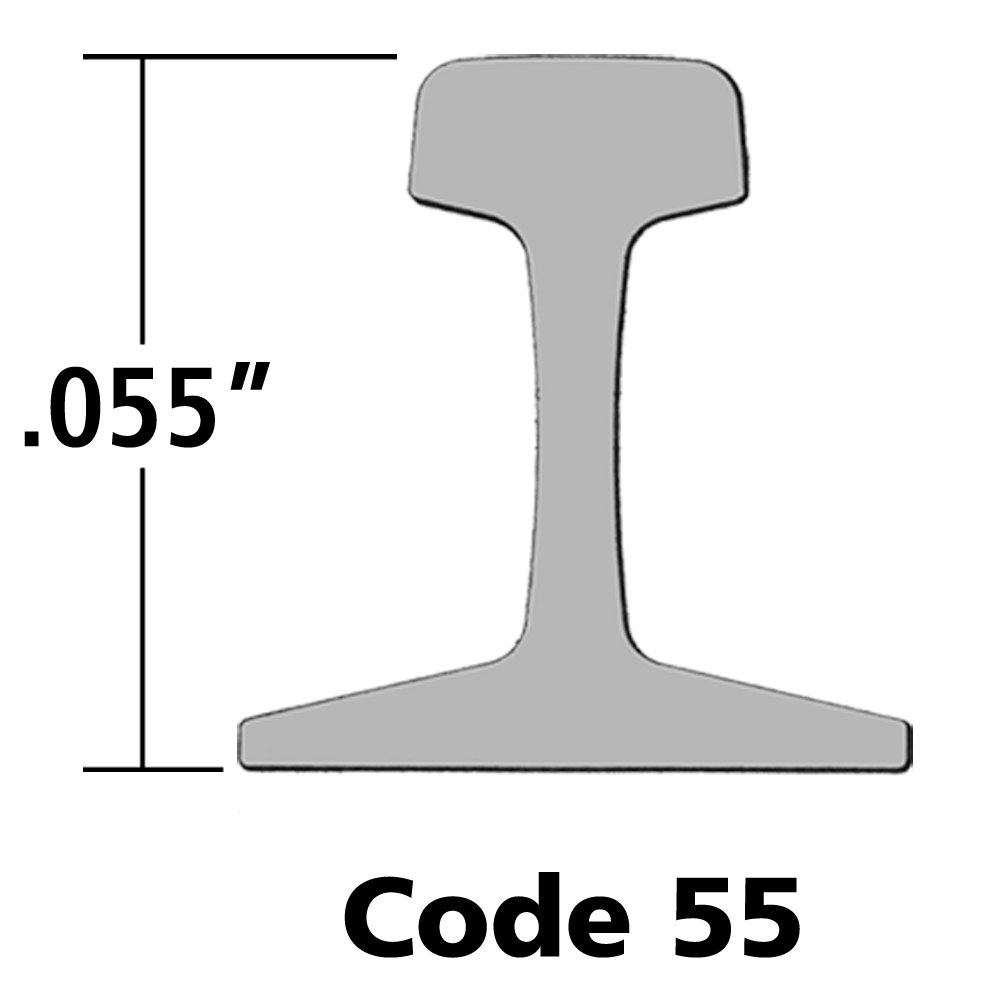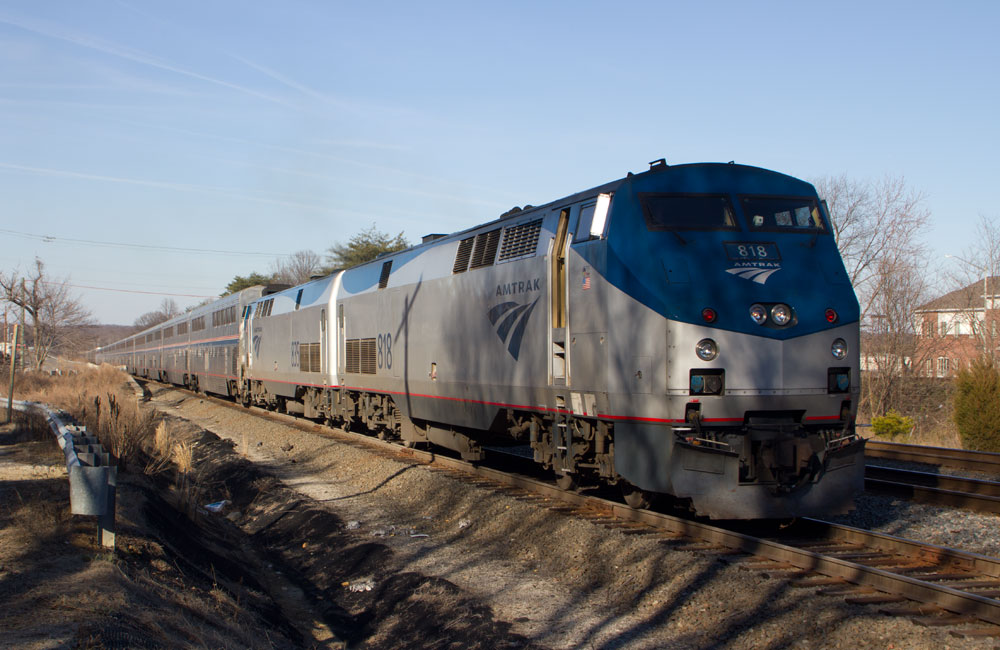
Q: What locomotives are currently used to pull Amtrak’s Auto Train? And does anyone offer them in N scale? – David Feitelson, Ocala, Fla.
A: Though people today are most familiar with Auto Train as an Amtrak offering, the unique service began in 1971 under the auspices of a private company, the Auto-Train Corporation. Using a fleet of dome cars, sleepers, dining cars, and auto racks acquired from other railroads, the Auto-Train ran from Sanford, Fla. (just north of Orlando) to Lorton, Va. (just south of Washington, D.C.) The train was so popular that the company added a second route, from Lorton to Louisville, Ky., and briefly considered a third from Chicago to Denver. The trains ran behind General Electric U36B diesels on trackage leased from Seaboard Coast Line and Richmond, Fredericksburg & Potomac. But the Louisville route proved to be a money sink, and the company went into bankruptcy and ended operations in 1981.
Almost two years later, Amtrak acquired Auto-Train Corp.’s terminals in Lorton and Sanford and unveiled its own version of the Auto Train (dropping the hyphen from the name). Amtrak also continued to use the original Auto-Train passenger equipment and auto racks, though those were supplemented with Amtrak equipment. The passenger cars were replaced with Amtrak’s bi-level Superliner equipment in the mid-1990s, and 80 new auto racks were purchased for the Auto Train in 2006.
Today, the typical Amtrak Auto-Train consist is a transition sleeper for the crew, six sleepers for passengers, four coaches, one diner, one lounge, one café car, and upwards of 23 auto racks. Depending on its length, the train is pulled by two or three General Electric Dash-9 P40DC diesel-electric locomotives, standard for the Amtrak fleet.
Modeling the Amtrak Auto Train
Kato has produced the rolling stock needed to model the modern-day Auto Train in N scale, including the Amtrak Superliner bi-level passenger cars, a four-pack of appropriately decorated auto racks, and the General Electric Dash-9 P42 locomotive, which externally is an extremely close match for the P40. (The only external spotting differences between the two are a small window for the rear hostling position and riveted-on front window frames in the P40.)
For HO scale modelers, Kato has also made the P42 in that scale. Athearn has likewise offered a P40/P42 in HO scale (also known as the AMD 103), and Walthers has offered the AMD 103, Superliner cars, and Amtrak auto racks. Even O scale modelers are in luck, as Atlas O has announced a limited run of Amtrak P42s for mid-2022. Some of these models are out of production, but there’s always a chance of finding them at a local train shop, swap meet, or train show.
And for those with a more nostalgic bent, former Model Railroader senior editor Jim Hediger wrote an article about how to model the original Auto-Train in HO scale just a few years after the service began. The two-part series ran in our December 1974 and January 1975 issues. It was also the topic of one of his “History According to Hediger” videos.
Send us your questions
Got a question about modeling, operation, or prototype railroading? E-mail it to us at AskTrains@Trains.com. Include your full name and hometown and put “Ask MR” in the subject.






